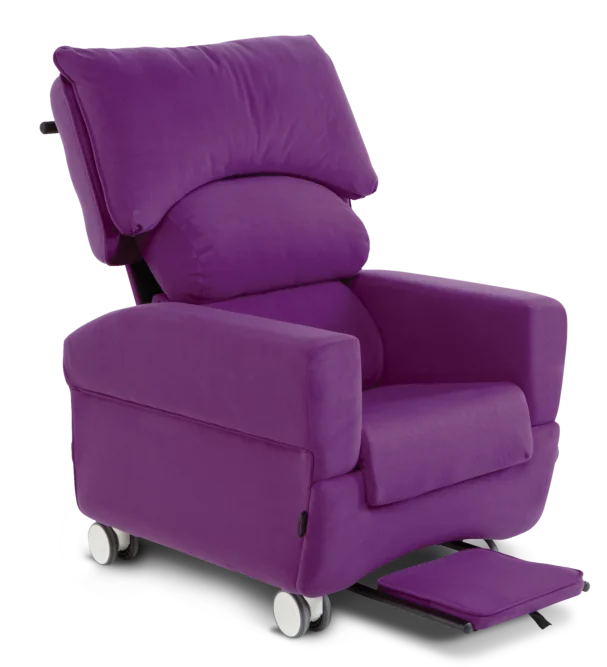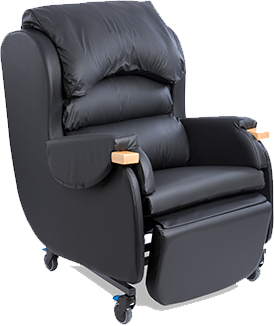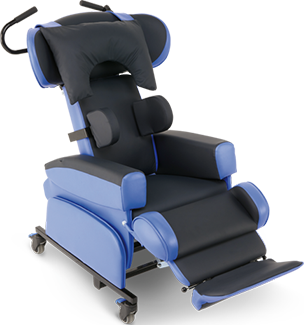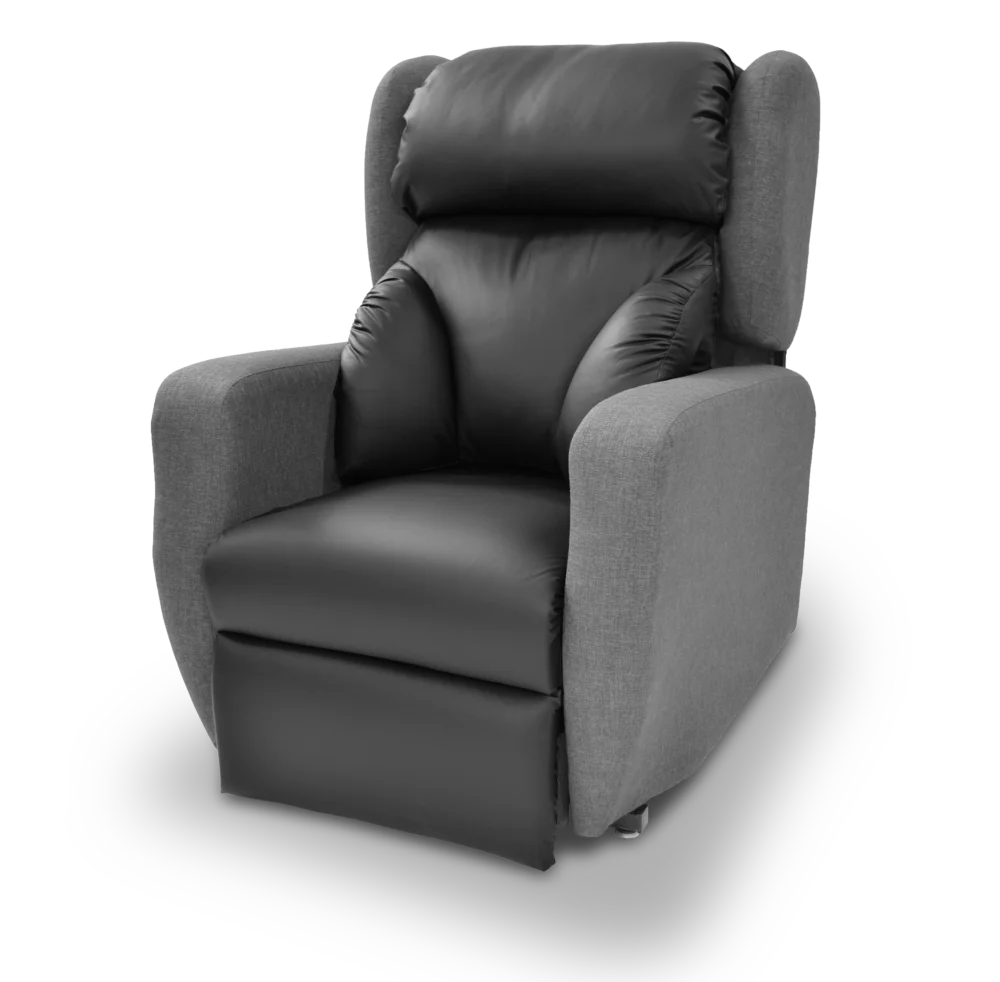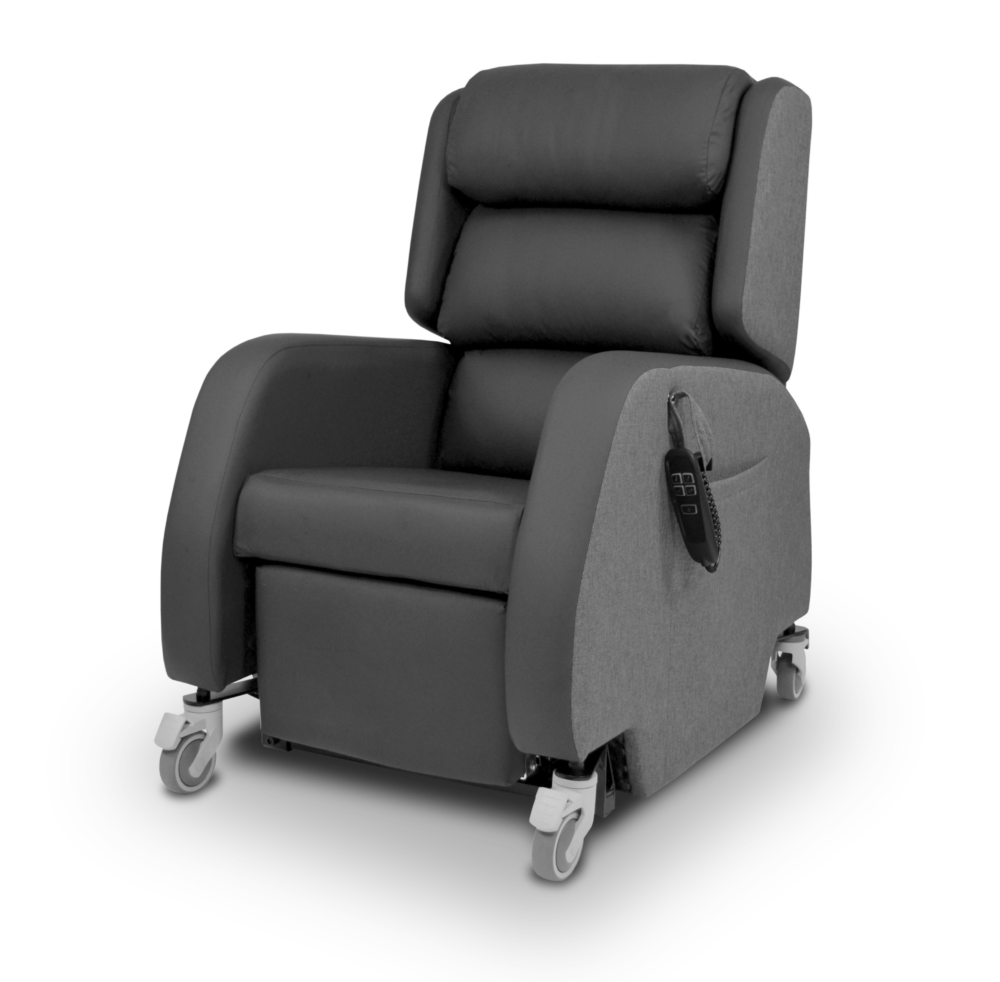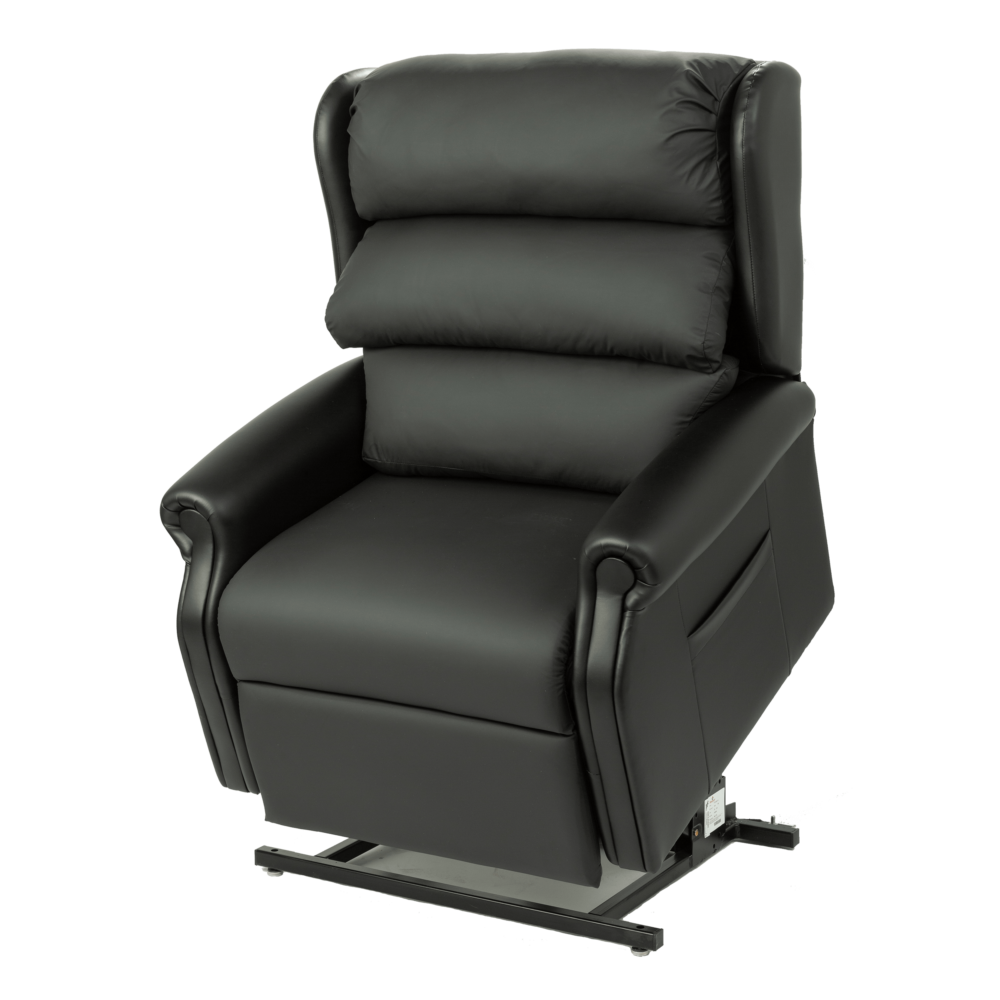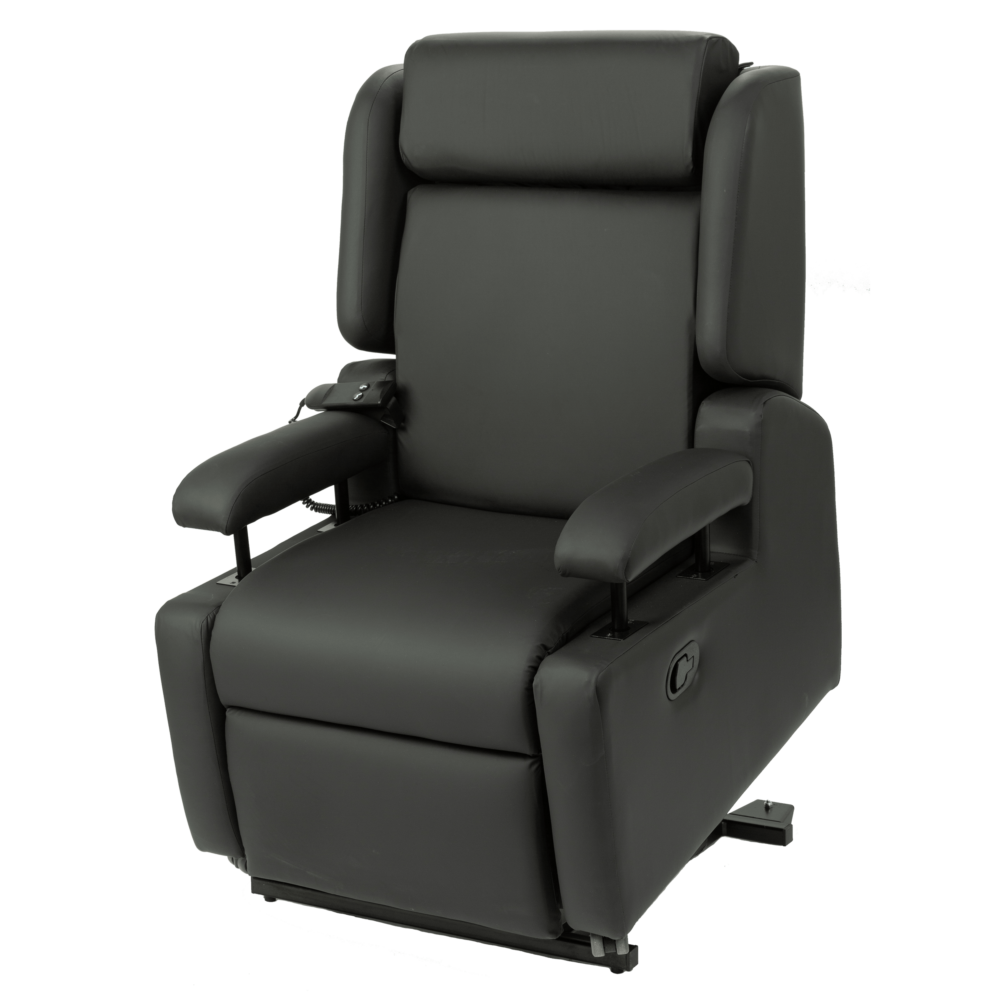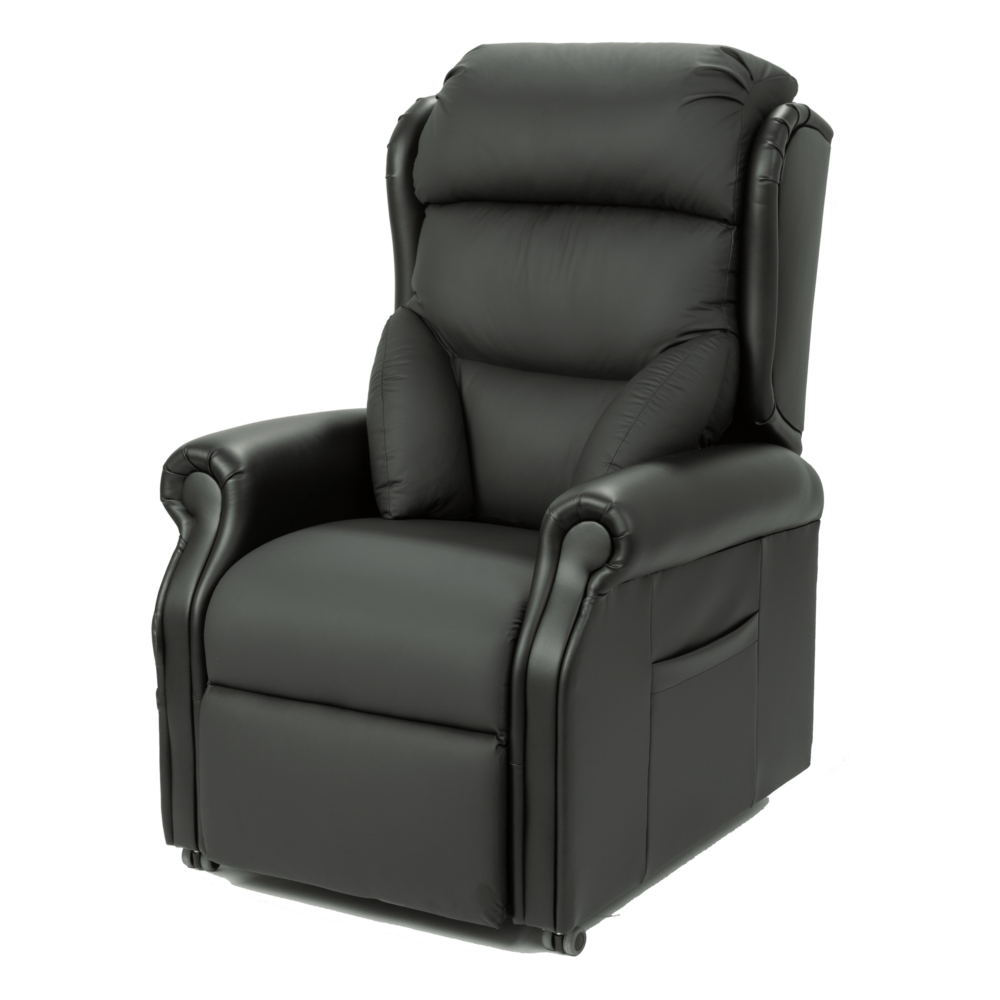
In 2018 CareFlex completed a pressure mapping evaluation and study with an independent representative from Sumed, with the aim of providing healthcare professionals prescribing CareFlex chairs with the evidence needed to prove product effectiveness.
CareFlex identified the need to evaluate their chairs and gather data on WaterCell Technology; a pressure relieving system used in all adult CareFlex specialist seating. CareFlex undertook pressure mapping on the 9th November 2017, with the aim of providing healthcare professionals prescribing CareFlex chairs with the evidence needed to prove product quality and effectiveness. 34 evaluations were completed in total, in a range of positions and with different seating support surfaces.
- Seminal work by Kosiak states that average pressures of 60-70mmHg for 1-2 hours may lead to soft tissue pressure injury1.
- A recent study by Kim & Chang showed average pressures for foam cushions as 61.92mmHg and air adjustable cushions as 60.95mmHg2.
- This study indicated that WaterCell Technology can offer lower average pressures, with a range between 27-32mmHg.
Measurements were taken with the test subject in an upright sitting position, with the correct seat dimensions, and feet supported either on the floor or footrest. The reference was a standard chair with back support and armrests.
The results indicate that CareFlex specialist seating with WaterCell Technology offers considerably lower peak pressures (generally over the ischial tuberosities) than the reference chair. The average pressures were lower than the reference chair in all CareFlex chairs evaluated. The coefficient of variation and area measurements also improved once test subject was seated in the CareFlex chairs. Please refer to the study in full.
Along with this Pressure Mapping Evaluation please also refer to our study and evaluation of Pressure and Comfort, carried out in 2017.

